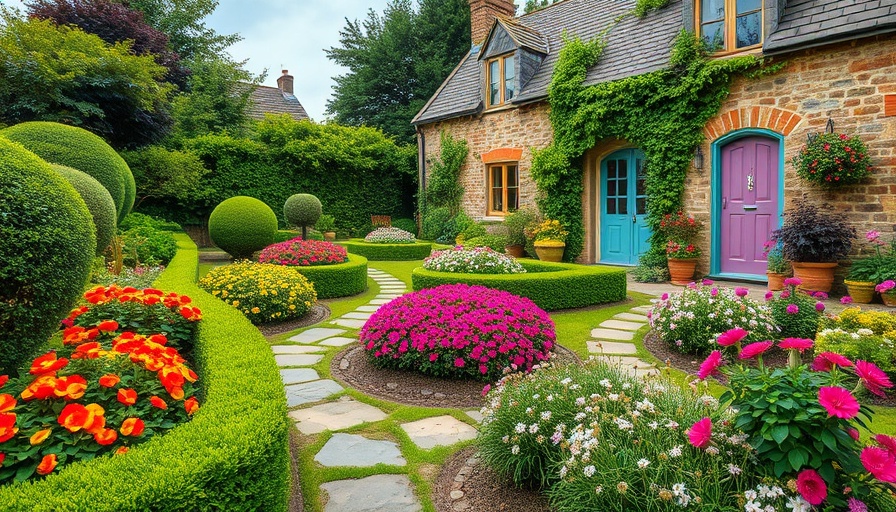
Rethinking Your Lawn: Embrace Eco-Friendly Alternatives
As homeowners become increasingly aware of environmental concerns, traditional grass lawns are coming under scrutiny. Not only do they demand considerable water, fertilizers, and regular maintenance, but they also contribute to pollution and habitat loss. Thankfully, eco-friendly grass alternatives are flourishing. One may consider diverse options, from groundcovers to synthetic grasses, that can reduce water usage while still offering a beautiful, green space.
Eco-Friendly Alternatives: The Benefits
Making the shift from grass to more sustainable groundcovers offers a plethora of benefits. For one, these alternatives save both time and money. Most eco-friendly options, such as native flowers or flower beds, are low-maintenance and often need no fertilizers or harmful pesticides.
According to experts, maintaining a traditional lawn can emit as much pollution as 11 cars running simultaneously for an hour due to gas-powered lawn mowers. Moreover, by choosing alternatives like clover, moss, or synthetic turf, homeowners can help promote biodiversity and create habitats for beneficial insects essential for pollination.
Choosing the Right Grass Alternative for Your Yard
When considering a lawn makeover, it’s crucial to evaluate factors such as climate, sun and shade types, and foot traffic. For example, clover thrives in partly shaded areas and requires little water, making it a great choice for eco-conscious homeowners looking to reduce upkeep. On the other hand, if you're aiming for low-maintenance aesthetics, opting for stone gravel not only looks modern but also provides excellent drainage without needing additional care.
Research also indicates that options like rain gardens can filter runoff and help replenish local groundwater, creating a beneficial space for both wildlife and your yard. When planned properly, these gardens can beautify while serving functional environmental purposes.
Cutting Edge: Synthetic Grass and Low-Mow Variants
Among modern solutions, synthetic grass is gaining traction for its realistic appearance and durability. With varieties available that mimic natural grass textures, homeowners can enjoy the look of a lush lawn without the extensive water and maintenance requirements. However, it is essential to consider the potential heat retention and lifecycle of synthetic materials when planning your yard.
Meanwhile, low-mow grass options have been developed to reduce maintenance without sacrificing curb appeal. For example, no-mow varieties like buffalograss require less frequent mowing—once or twice a year—saving you time and resources while maintaining a beautiful appearance.
Gardening for the Future: Biodiversity and Pollination
Creating gardens that encourage biodiversity can lead to vibrant ecosystems. By integrating native plants that attract pollinators, you not only enhance the beauty of your yard but also support the local environment. Many eco-friendly options, like flowering meadows or diverse groundcovers, can thrive under various conditions, making it easier to cater to your specific landscape.
Incorporating these plants into your landscaping allows you to contribute positively to your surrounding environment, encouraging a synergistic relationship where each organism supports the other. This creates a sustainable cycle that benefits both you and the earth.
Conclusion: Take the Leap Towards Sustainable Living
If you’re ready to break free from the traditional grass lawn, consider exploring the many eco-friendly alternatives available. From low-maintenance clover patches to vibrant wildflower meadows, there's an option for every budget and lifestyle.
Your journey toward a more sustainable yard can be as simple as consulting with a local landscaping expert or diving into a DIY project. The transition is not just an investment in your property but also an active step toward nurturing the planet.
 Add Row
Add Row  Add Element
Add Element 


 Add Row
Add Row  Add
Add 

Write A Comment